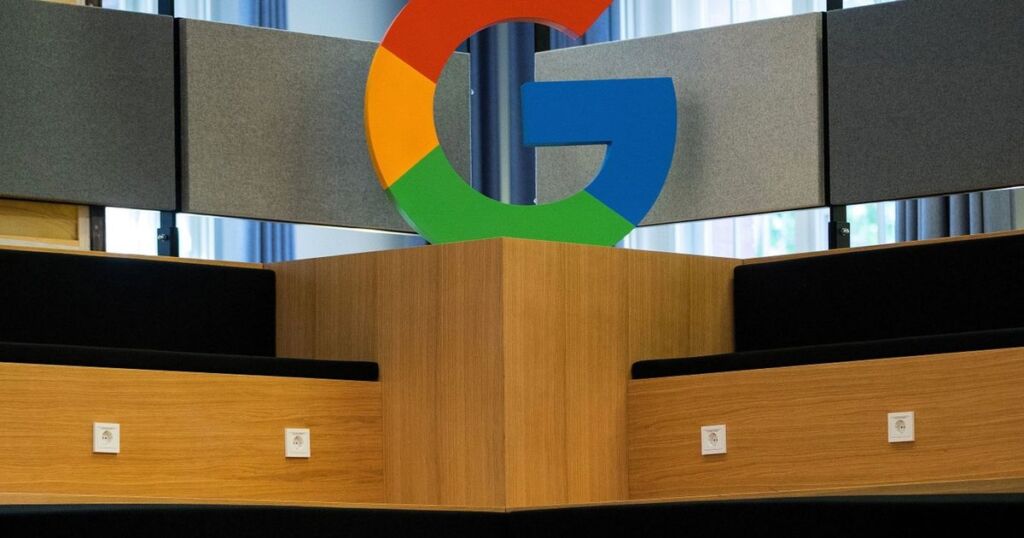Google’s Carbon Footprint Soars Amid AI Expansion in the Gemini Era

Estimated reading time: 3 minutes
Google’s greenhouse gas emissions have surged, according to its latest environmental report, highlighting the increasing difficulty the company faces in meeting its climate targets as it continues to prioritize artificial intelligence (AI) advancements.
Google’s Climate Goals vs. Rising Emissions
Google aims to cut its greenhouse gas emissions by 50% by 2030, using a 2019 baseline. However, the company’s emissions have increased by 48% since 2019.
In 2023 alone, Google generated 14.3 million metric tons of carbon dioxide, marking a 13% increase from the previous year. This amount of CO2 is comparable to the annual emissions of 38 gas-fired power plants.
Data Centers: The Main Culprit
The significant rise in Google’s emissions is primarily due to the energy consumption of its data centers and supply chain emissions.
Data centers, particularly those used for training AI, are highly energy-intensive. In 2023, electricity consumption from data centers added nearly a million metric tons to Google’s carbon footprint, making it the largest contributor to the company’s increased emissions.
AI Integration and Energy Demands
Google is in its Gemini era, focusing on integrating generative AI into its products, including a redesigned Search. The environmental report highlights the potential climate impact of these new AI tools.
As they further integrate AI into our products, reducing emissions may be challenging due to increasing energy demands from the greater intensity of AI computing, and the emissions associated with the expected increases in their technical infrastructure investment.
Google’s data center electricity consumption alone grew by 17% in 2023, and the company expects this trend to continue. Google estimates that its data centers accounted for up to 10% of global data center electricity consumption in 2023.
Strategies to Minimize Environmental Impact
To mitigate its environmental impact, Google is working to make its AI models, hardware, and data centers more energy-efficient. The company aims to operate on carbon pollution-free energy around the clock across all power grids it connects to by 2030.
Currently, data centers globally consume about 1% of the world’s electricity, according to the International Energy Agency (IEA). However, with the rapid growth of the AI industry, the IEA estimates that by 2026, AI-related electricity consumption could be ten times higher than it was last year.
In the US, the country with the most data centers, this surge in electricity demand has raised concerns about the potential strain on power grids and the prolonged use of coal and gas plants.
The Broader Corporate Challenge
Google is not alone in facing the challenge of balancing AI advancements with climate goals. Microsoft’s greenhouse gas emissions were 30% higher in its 2023 fiscal year compared to 2020, underscoring a broader trend among tech giants.
While Google is making strides in AI integration, the accompanying rise in greenhouse gas emissions poses significant challenges to its climate goals. The company’s efforts to enhance energy efficiency and shift to carbon-free energy sources are crucial steps in addressing these challenges and minimizing its environmental impact.






Responses